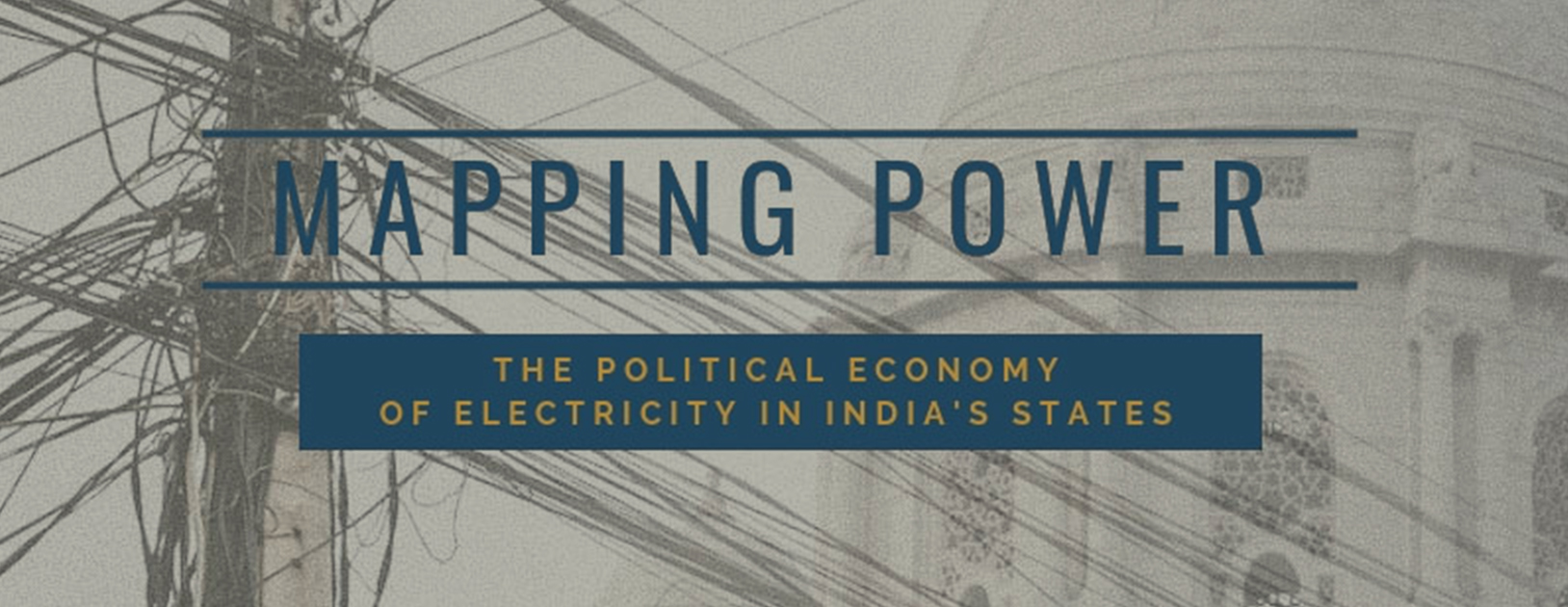In 2013, a young political party, the Aam Aadmi Party (AAP), led by Arvind Kejriwal, charted a course to one of the most significant electoral upsets in Indian political history. A substantial plank of AAP’s successful election campaigns in 2013 and 2015, as seen in its manifesto, is the emphasis on making electricity and water affordable to the common man. Interestingly, power sector reforms had been key to sustained electoral victories by Kejriwal’s predecessor, Sheila Dixit of the Congress Party, over the three previous legislative assembly elections as well. During Dixit’s period in power from 1998-2013, the focus was on improving the quality of power supply in Delhi through privatisation of the electricity distribution sector. AAP’s election campaign questioned the success of this privatisation model by alleging financial irregularities by distribution companies (discoms) as well as collusion between the Congress government and the discoms to keep tariffs artificially high.
Since coming to power in 2014, the AAP has sought to translate its political vision of affordable basic needs into reality in at least two ways. First, the AAP provided a flat 50% subsidy on power consumption below 400 units for domestic consumers. While consistent with its political agenda, the subsidy has been criticized on a few grounds. In particular, the power subsidy is so broad-based that, on an average, over 80% of Delhi homes benefit from it. Moreover, as a Brookings India study notes, given that the upper limit of 400 units is quite high, wealthier households consuming more power receive more in subsidy than do poorer households. In May 2018, the subsidy scheme was revised to steer greater subsidy toward lower consuming, and therefore, presumably less affluent households, by offering an additional subsidy of Rs 100 for consumers with a monthly consumption under 100 units. However, concerns regarding benefits being claimed by middle and high income households persist.
The subsidy scheme also throws up new challenges to management of discoms. Since the subsidy is paid by the government, any delays in transfers to the discoms has a cascading effect on the sector, as the discoms also delay payment to generating companies, resulting in an additional financial burden of late payment charges. In the absence of a significant tariff hike since 2014, the additional consideration of delayed subsidy payments from the government could adversely impact the discoms’ financial health.
A second consumer-friendly move spearheaded by AAP is the proposed imposition of penalties on discoms for unscheduled power outages. This effort has run afoul of the larger political context in Delhi, one shaped by a struggle for authority between the elected government and the Lieutenant Governor (LG). AAP had originally mooted this idea in 2015 but the Delhi High Court had struck down the scheme as it had not been approved by the LG. Earlier this year, the LG approved this scheme, however, it will come into effect only upon notification by the state regulatory agency – the Delhi Electricity Regulatory Commission (DERC). This would require an amendment to the existing DERC (Supply Code and Performance Standards) Regulations, 2017, which already sets out timelines for resolution and compensation payable to consumers by discoms on account of various defaults including meter complaints and power supply failure. While the government has proposed a penalty of Rs 50 per hour for the first two hours and Rs. 100 for each subsequent hour of unscheduled power outage, payable by discoms to consumers, the existing DERC regulations are more nuanced as they account for seven categories of power supply failures and a differential timeline for resolution of defaults, ranging from two to twelve hours, within certain categories depending upon the percentage of the aggregate technical and commercial losses in a particular zone. Therefore, it is unclear if the government’s scheme is in fact an improvement on the existing regulations.
The AAP’s moves in the Delhi electricity sector illustrate the challenges of implementing a political vision in the sector without crossing over into pure populist policies that also undermine the financial health of the sector. For instance, the government needs to consider the scope of the existing electricity subsidy – who are the intended beneficiaries? In what way can the scheme be targeted to ensure that benefits are passed on only to the intended beneficiaries? In the context of the proposal to impose penalties on discoms for power outages, the government should be cognisant of stepping into a purely regulatory sphere and answer why changes to the existing regulations are required to begin with. Further, in both schemes, consumer interests are at the forefront but allaying concerns of the distribution companies is key to long term sectoral sustainability.
In Delhi, while issues in the power sector have resonated with the electorate and their concerns have been amplified by political parties, finding the balance between political goals, financial viability and institutional constraints continues to be a challenge.
Megha Kaladharan is a lawyer working on regulatory and policy challenges in the Indian electricity sector at Trilegal, an Indian law firm. This research is based on work presented in full in the book Mapping Power, edited by Navroz K Dubash, Sunila S Kale, and Ranjit Bharvirkar.
Op-Eds in the Mapping Power Series
- Reform is All About Getting the Politics Right
- How to Reform Uttar Pradesh’s Troubled Power Sector
- Consumers Upfront in Tale of Two Reforms in Andhra
- Taking Two Steps Forward, One Step Back
- Karnataka’s Power Politics
- New Trends Demand New Strategies in Maharashtra
- The Story Behind Uttarakhand’s A+ Performing Discom
- Electricity Distribution in Gujarat: A Sustainable Energy Future Roadmap?
- Small Gains Behind Mounting Losses in Jharkhand
- Power Politics at Play
- The Saga of the Subsidy Trap in the Tamil Nadu Power Sector
More details about the Mapping Power Project can be accessed here.


